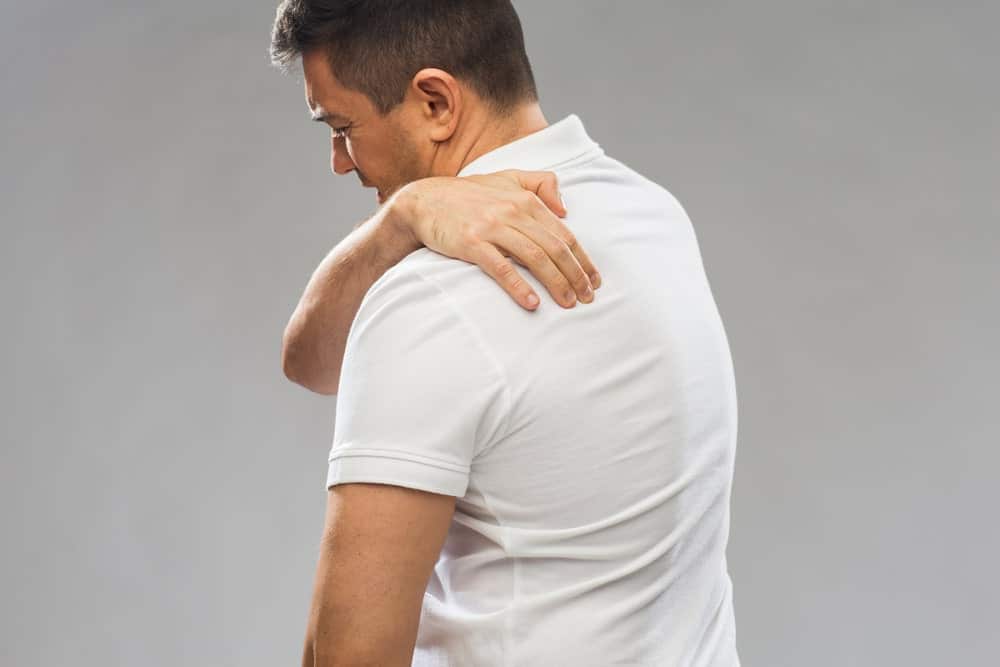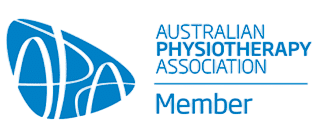
What is T4 Syndrome?
There is no single criterion that diagnoses T4 Syndrome. Rather, T4 Syndrome is a diagnosis of exclusion where the clinical pattern does not fit other diagnoses. It is a rare condition with little evidence for it acting as the primary driver for pain. The patient’s history and their current signs and symptoms play an important role in diagnosis. Medical imaging does not aid this diagnosis but can eliminate the presence of other conditions.
Signs and Symptoms:
- Neck and/or arm/shoulder pain
- Sensory - Numbness in one or both hands - “glove-like distribution”
- Head aches
- Thoracic Hypomobility
- Scapular pain
- Heaviness in arms
- Pain with deep breathing and coughing
Anatomy:
It is theorised that the signs and symptoms in T4 Syndrome arise from the autonomic dysfunction of the thoracic spine. This means that there is something wrong with the autonomic nervous system. The autonomic nervous system includes both the central (brain and spinal cord) and peripheral (nerves that branch off from the spinal cord and extend to all parts of the body) nervous systems. It helps coordinate bodily functions, such as blood flow, breathing, sweating, and digesting food. When something goes wrong with this system, it is referred to as autonomic dysfunction.
The sympathetic spinal nerves of the thoracic region merge and communicate with the nerves higher up, hence dysfunction at the thoracic level may cause pain and symptoms to be felt in the arm and hand regions. Please note: The exact pathological mechanisms are unclear and debatable; hence these are just theories.
Common Differential Diagnoses:
- Thoracic Outlet Syndrome
- Cervical/Thoracic Radiculopathy
- Carpal Tunnel Syndrome
- Ulnar Nerve entrapment
- Cardiac Disease
- Trigger point referral – scalene, latissimus dorsi, infraspinatus
Physiotherapy Treatment
Pain relief is the first line of treatment for T4 Syndrome. This mainly includes on-going hands-on treatment such as joint mobilisation, trigger point therapy, and soft tissue massage.
Rehabilitation then takes a graded exposure approach where neurodynamic mobilisation, stretches for mobility, and strengthening of the posterior chain muscles take place.
Additional factors such as sitting postures, prolonged postures, and psycho-social factors like stress should also be managed through education and activity modification.
Written by Ekam Sohal
Ekam is a skilled physiotherapist with a Bachelor of Physiotherapy (Honours) degree and vast experience managing typical musculoskeletal issues. He has a client-focused approach and tailors his treatment approach to meet each patient’s objectives, and clinical condition. Ekam motivates his patients to actively participate in their therapy and collaborates closely with a team of multidisciplinary professionals to achieve optimal outcomes.
My Physio My Health
Trust our team of physiotherapists to help you recover faster and improve your quality of life.

 WISHING EVERYONE A HAPPY NEW YEAR! WE'VE RETURNED TO OUR REGULAR OPENING HOURS
WISHING EVERYONE A HAPPY NEW YEAR! WE'VE RETURNED TO OUR REGULAR OPENING HOURS



